sensor
Latest

MIT engineers give RFID tags chemical-sensing capabilities
Engineering specialists from MIT have devised a way to make RFID (radio-frequency identification) tags more reliable and pick up on chemicals in the surrounding environment -- without needing the typical battery.
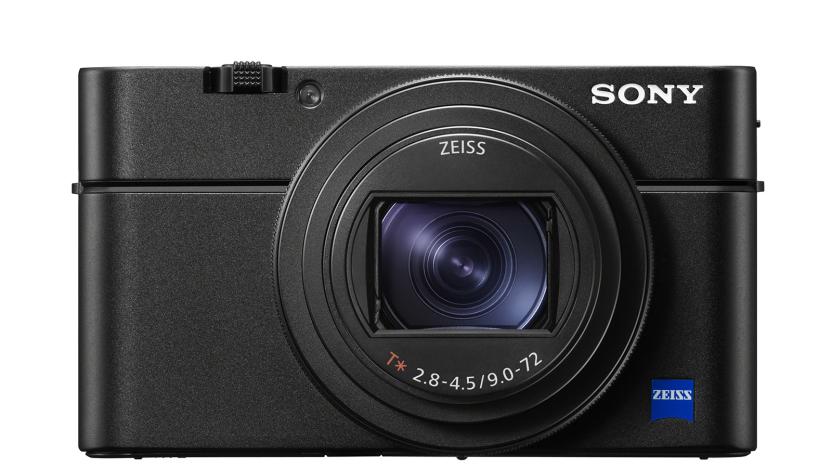
Sony's RX100 VI compact hides a ridiculous zoom lens
Sony has unveiled the RX100 VI 20.1-megapixel premium compact camera with a new telephoto lens that will make it a lot more interesting for travel photography. Rather than the Zeiss Vario-Sonnar 24-70mm equivalent f/1.8-2.8 T lens of the last model, the Mark VI packs a hugely longer, optically stabilized 24-200 f/2.8-4.5 T mm 8.3X zoom lens. That's over a stop slower than previous f/1.8-2.8 T lens, but the extra range will be worth it for many folks, and Sony has boosted other specs to make up for it.

Tesla reportedly nixed Autopilot safeguards for cost and ineffectiveness
Tesla engineers considered incorporating additional safeguards into the company's Autopilot driver assistance system such as eye-tracking technology or steering wheel sensors, the Wall Street Journal reports, but those features were ultimately rejected due to concerns over cost and effectiveness. Both before implementing the system and again following a fatal crash in 2016 that involved what appeared to be an overreliance on Autopilot, Tesla executives explored ways to ensure drivers were looking at the road and touching the steering wheel, according to WSJ sources. However, eye-tracking technology was called into question both for the costs associated with the required cameras and sensors as well as for concerns on how well it would work with drivers of different heights. Cost concerns also led to a rejection of steering wheel sensors.

Adidas' NYC-inspired shoe was designed using data from runners
When I woke up this morning, I didn't imagine I'd spend part of my day inside a massive shipping container on a parking lot right under the Brooklyn Bridge. But that's exactly what happened earlier today. The occasion? Adidas invited members of the media to an event where it showcased its latest running shoe, the AM4NYC, a New York City-inspired silhouette that was designed using sensor data and feedback from local runners. Not just that, but the sneaker was actually made at the company's robot-staffed Speedfactory in Atlanta, an automated assembly line that combines craftsmanship with speed to create custom footwear.
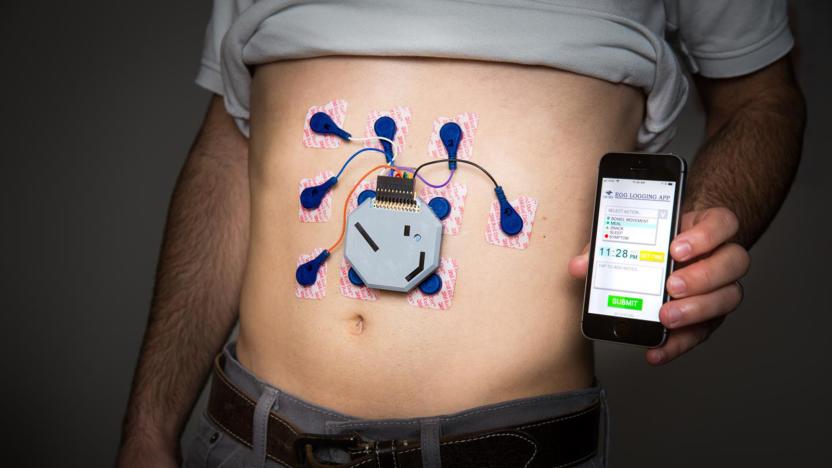
Stomach wearable could replace the need for invasive probes
Researchers have created a wearable monitor that can track your stomach's electrical activity for signs of digestion maladies. Called electrogastrography (EGG), it's like an EEG for the GI tract, and was used briefly in the '90s but abandoned due to a lack of usefulness as a diagnostic tool. UC San Diego scientists are trying to resuscitate it with improved hardware and, most importantly, algorithms that help filter out noise. The results so far are promising, and if perfected, it could help doctors diagnose gastro-intestinal problems without the need for invasive probes or even a hospital visit.

Canon's 120-megapixel sensor enhances video better than CSI
Canon has been playing with high-megapixel sensors up to 250 megapixels since 2010, but it's now showing what very high-resolution video looks like. It shot some clips with its 120MXS CMOS sensor (13,280 x 9,184 effective pixels) showing how much detail it retains even when you digitally zoom deeply into the video. You can do that with stills already, but it's impressive to see it happen at nearly 10 fps, bringing to life the silly "enhance video" cliché from Blade Runner and CSI-type shows.

RED reveals a 5K camera sensor designed for outer space
In a bit of a surprise, RED Camera unveiled its most light-sensitive Super 35 sensor to date for the Epic-W cinema camera. The 5K Gemini sensor, much like the one on Panasonic's GH5s, has a dual-ISO mode that lets you choose between dynamic range and light-sensitivity. "Images exposed at ISO 3200 in low-light mode will be just as clean as images exposed at ISO 800 in the standard mode," said RED in a YouTube video (below) explaining the tech.
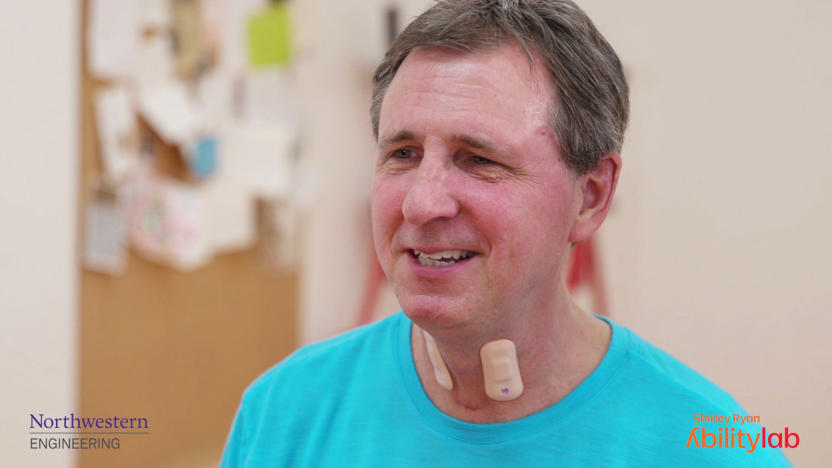
Throat sensor helps you recover from a stroke
Your abilities to speak and swallow are frequently signs of how well you're coping after a stroke, but measuring that is difficult. Microphones frequently can't distinguish between the patient and ambient sounds, and there's the not-so-small problem of making sensors that can hold up to the rigors of life outside of the hospital. Northwestern University may have a better way: its scientists have designed a wearable throat sensor that help diagnose and treat aphasia, a communication disorder typically associated with strokes. The wireless device tracks the vibration of your vocal cords to gauge your recovery and determine whether or not doctors need to intervene.
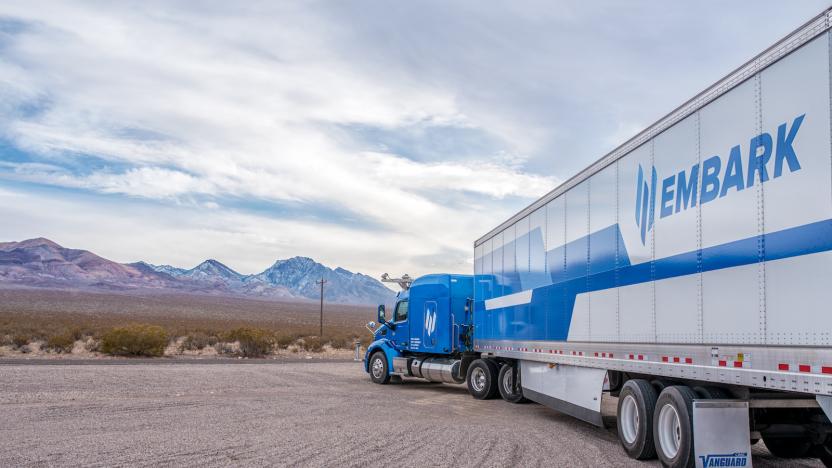
Embark’s self-driving semi completes trip from California to Florida
Last year, autonomous trucking company Embark announced that it would begin using its Level 2 autonomous semis to deliver refrigerators from Texas to California. Now, TechCrunch reports, the company has taken it a step further as one of its trucks has now completed a 2,400 mile trip from Los Angeles to Jacksonville, Florida. The trip took five days, which included scheduled rest breaks for the driver that was on board, and TechCrunch says that Embark's team is now assessing all of the trip's data. While there's no word yet on just how often the system required the driver to step in, those on board said that the truck went "hours at a time with no disengagements, and when they did occur they were usually only a few seconds," according to Embark CEO Alex Rodrigues.

TaylorMade's new putter can analyze your golf stroke
Blast Motion is known for making sports sensors aimed at improving your golf, baseball or softball performance and now they've teamed up with TaylorMade on a putter that can analyze your putting strokes. The Spider Interactive Powered by Blast putter marries TaylorMade's most popular putter with Blast Motion's motion capture sensors and can measure and report your backstroke time, forward stroke time, tempo, impact stroke speed and face rotation. With the accompanying app, users will be able to track their progress, access training modules and view videos of their strokes.
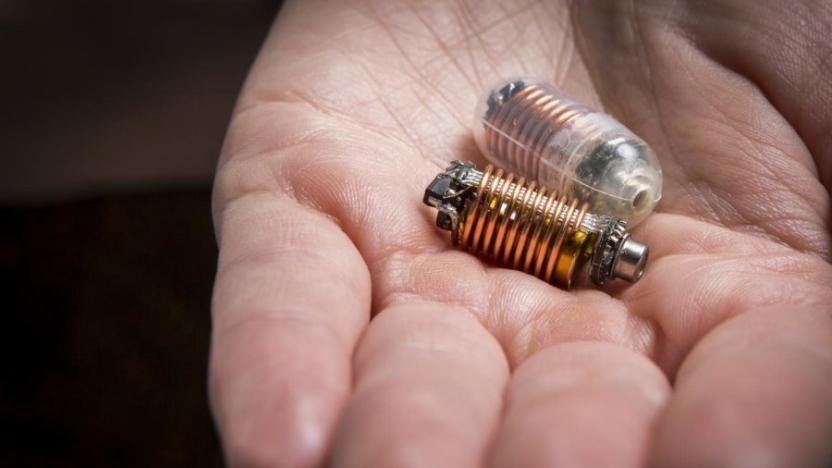
Ingestible gut sensors reveal potential new immune system
Ingestible technology -- the stalwart theme of medical sci-fi -- has been in the works for decades, but now researchers are closer than ever before to taking it mainstream thanks to successful trials of gas-sensing capsules. The swallowable sensors, designed by RMIT University in Australia, could revolutionize the way gut disorders and diseases are diagnosed and treated, offering a potential game-changer for the one-in-five people worldwide who will suffer from gastrointestinal problems in their lifetimes.

MIT researchers made a living ink that responds to its surroundings
Researchers at MIT have developed a 3D printable hydrogel that can sense and respond to stimuli. The hydrogel is loaded with bacteria that can be genetically programmed to light-up when they come in contact with certain chemicals and, therefore, could be used as living sensors.

Amazon's automated convenience stores edge closer to public debut
Last year, Amazon opened its first convenience store embedded with its "just walk out technology." Located in Seattle, the Amazon Go store, which lets shoppers walk in, load up on the items they want and walk out without having to pay for the items in a checkout line, has been testing its technology with Amazon employees. Now, as Bloomberg reports, the company has worked through some of the hangups with the technology and is making moves towards opening its store and others to the public.
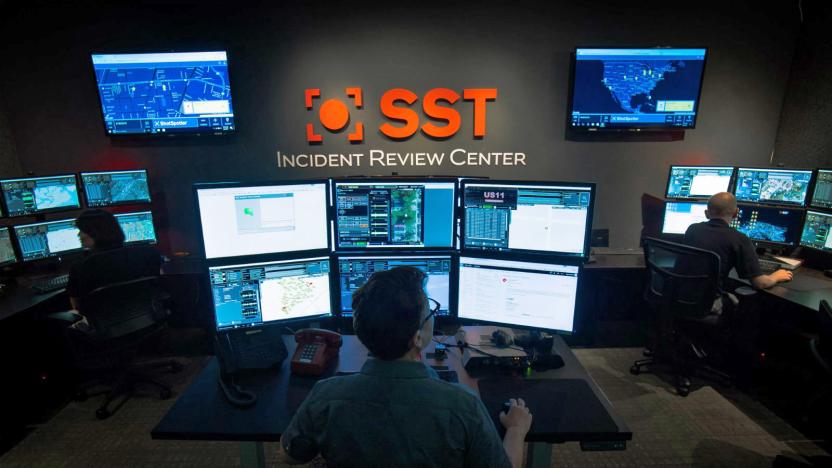
Acoustic gunshot sensors help speed treatment of shooting victims
Acoustic gunshot sensors have been pinpointing shooting scenes and victims for years. The tech can be found in around 90 US cities in total. Meanwhile, the American military has been using it to track down the source of gunshots on the battlefield since 2011. But, the effectiveness of the sensors in saving the lives of ordinary citizens has never been quantified. That's all changing, courtesy of a new study by surgeons at the University of California, San Francisco-East Bay. The key finding from the analysis of shooting victims (identified through the sensors) is that the tech is potentially beneficial for those who have suffered serious injuries.
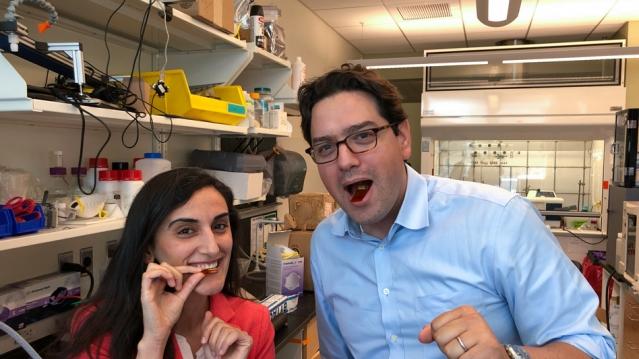
Edible sensor can measure your gut from within
Studying the stomach for a long period can be tricky, which is why medical tech has turned to experimenting with sensors you can swallow. Researchers at MIT and Brigham and Women's Hospital have built one designed to cling to the walls of the gastrointestinal tract and monitor its contractions to track afflictions.

Samsung’s latest imaging sensors may rid smartphones of camera bumps
As Apple, Samsung and (perhaps, surprisingly) Google battle to claim the top spot in smartphone imaging, we've been left with lenses jutting out of the device, or in the case of the Note 8, a thicker phone. The iPhone 8 and Pixel 2 may be the latest offenders, but Samsung thinks its latest imaging sensor can keep things slim with its duo of new ISOCELL sensors: two different components with different selling points.
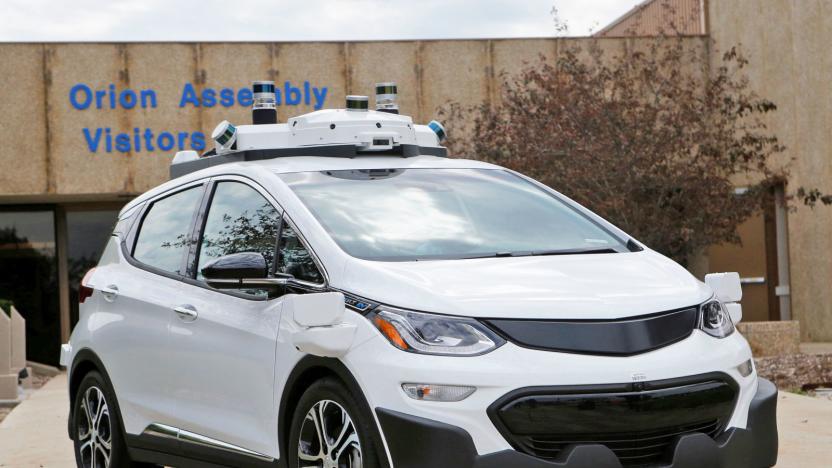
GM's Cruise buys LIDAR company to drastically cut self-driving costs
GM has already said it has what it takes to get a fleet of autonomous vehicles on the road before anyone else, and that timeline might've sped up further. Cruise Automation, the company GM acquired a little over a year ago, has announced it's made a purchase of its own: Strobe, which specializes in shrinking LIDAR arrays down to a single chip. The most immediate benefit here is cost. In a post on Medium, Cruise CEO Kyle Vogt writes that LIDAR-on-a-chip will drop the price "by 99 percent" versus other LIDAR systems.

WiFi mesh networks can detect your breathing
In the world of indoor security systems, motion detection usually relies on cameras or at least dedicated sensors. Both types of solution add to hardware plus installation costs, not to mention that not everyone is comfortable with having cameras pointing at them all the time. Origin Wireless, on the other hand, found a way to make use of WiFi signals bouncing around a room to detect even the slightest movement -- down to something as subtle as a person's breathing rate. What's more, this "Time Reversal Machine" technology is essentially just some clever algorithmic work with little burden on the processor, so it can potentially be added to any existing WiFi mesh routers via a firmware update. In other words, security system vendors should take note.
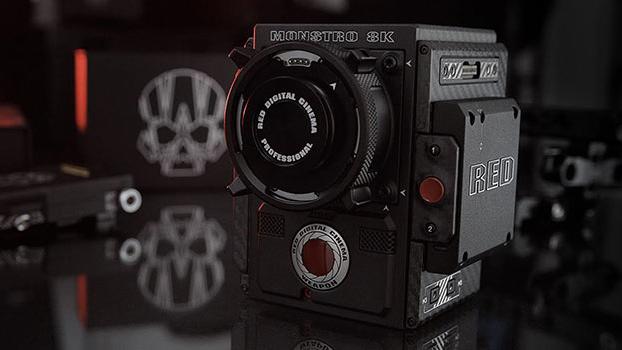
Red's new flagship camera is the $80,000 Monstro 8K VV
RED's cinema cameras are too expensive for most of us, but they do push the state-of-the-art, making future cameras you can afford better. A case in point is RED's latest sensor called the Monstro 8K VV (Vista Vision). The bombastic name aside, it packs impressive specs. The sensor is 40.96 x 21.6 mm, which is slightly wider and slightly shorter than 35mm full-frame, handles 35.4-megapixel stills and 8K, 60 fps video, features 17+ claimed stops of dynamic range, and shoots at higher ISOs with lower noise than the last model.

Super-thin edible sensors can monitor food temperature
Biomaterials that are rigid in form but able to degrade safely are everywhere. You can find tech like this in medical implants, environmental sensors and wearable, disposable devices. What's harder to do, though, is to make sensors that you can digest. That's exactly what Swiss researchers in Zurich have created, though: a thin, edible sensor that can attach to food and wirelessly report on its temperature. Now our fruits and vegetables can be part of the Internet of Things.











